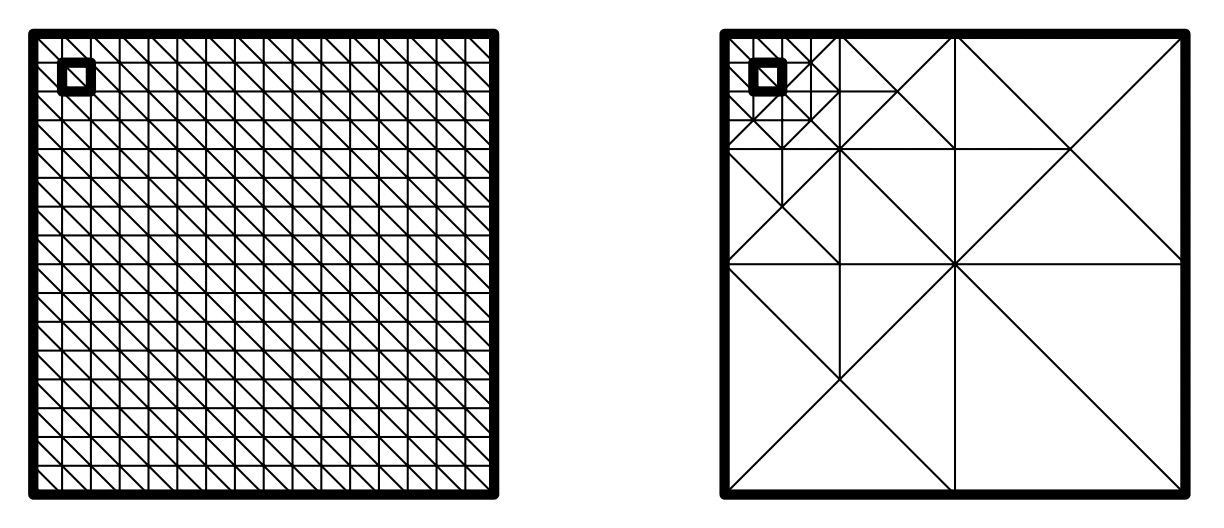Homework 7: Spatial Data Structures and Tiling
Part 1: Book Problems
Prepare a PDF file named hw7_spatial_data_structures_and_tiling.pdf with your answers to the book problems below. You may use Latex, Google Docs (export/save as PDF), MS Word (export/save as PDF), and/or legibly handwrite on paper and scan to PDF.
From "Computational Geometry: Algorithms and Applications", de Berg, Cheong, van Kreveld, and Overmars.
You may discuss these problems with your classmates, but you must write up your solutions individually. Note the names of anyone you talked to or collaborated with in your hw7_spatial_data_structures_and_tiling.pdf writeup.
Please do not search for solutions or notes published by the authors or any instructor or notes or solutions shared by other students on the internet. Any use of these types of materials is considered a violation of Academic Integrity for this course.
5.9
One can use the data structures described in this chapter to determine
whether a particular point (a,b) is in a given set by performing a range
query with range [a : a] x [b : b].
a. Prove that performing such a range query on a kd-tree takes time
O(log n).
b. What is the time bound for such a query on a range tree? Prove your
answer.
12.10
Let C be a set of n disjoint unit discs -- discs of radius 1 -- in the plane.
Show that there is a BSP of size O(n) for C. Hint: Start by using a
suitable collection of vertical lines of the form x = 2i for some integer i.
 14.1
14.1
In Figure 14.2 a uniform and a non-uniform mesh are shown for a
unit square in the top left corner of square domain of size 16. Consider
similar meshes in squares of larger sizes U = 2^j for an integer j. Express
the number of triangles in the mesh for both meshes in terms of j.
Part 2: CGAL Programming Task
A tiling problem coming soon....